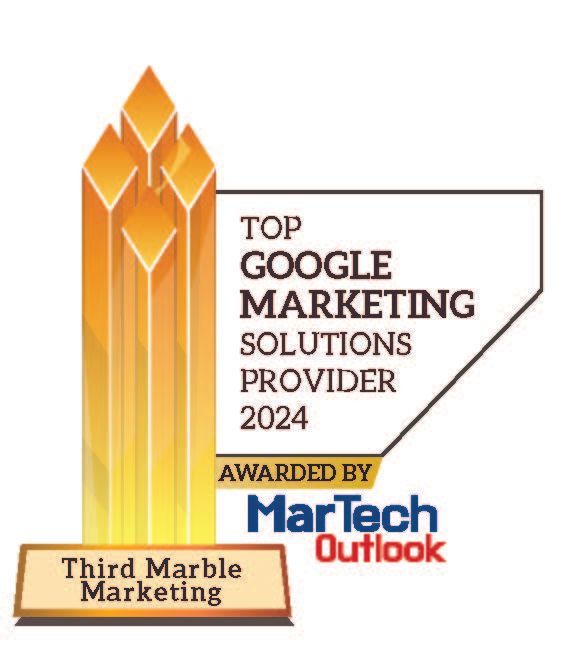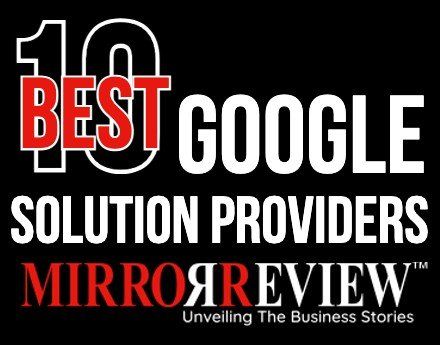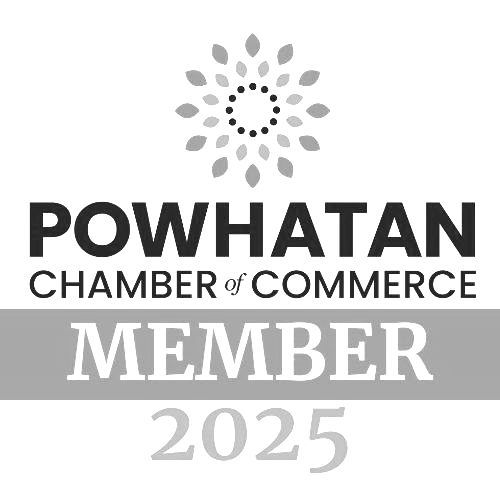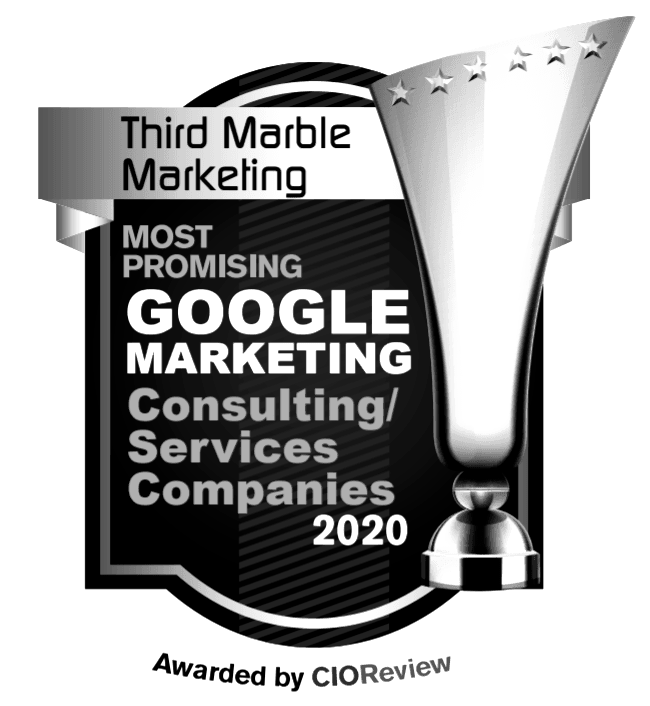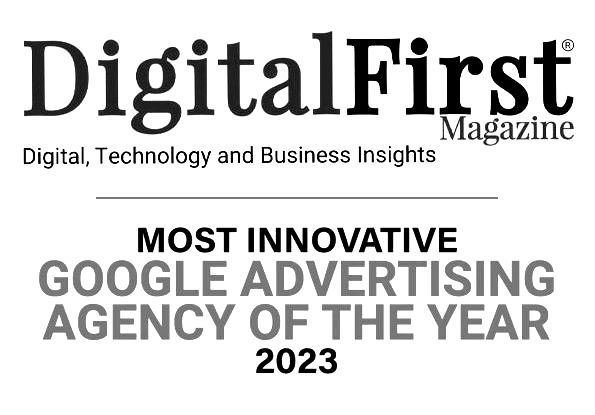Groupon / Living Social Daily Deals – Small Business Owners be Prepared!
At Third Marble Marketing, we talk with numerous small business owners about their marketing plans, what they’ve tried, what works and what doesn’t. Many of our customers have tried the daily deal coupons like Groupon and Living Social . This article is a compilation of their stories, so that our other customers will know what they’re about to get into before they try it.
First, we need to understand the basics of the daily deal. The concept makes sense on the surface – drive a ton of traffic to your business with deep discounts via a mass localized email. You’ll breakeven (or perhaps lose a modest amount of money) on the deal, but the customers will return to buy again at full price. You’ve increased your customer base and your profits in the long term.
Sounds logical, right?
Well, here is a summary of some of the experiences Third Marble customers have had with the Groupon and Living Social daily deal coupons:
- Coupon clippers only buy when there’s a discount. What we’re hearing is that very few of these ‘cheapskates’ actually have any loyalty to a company that offers a 50% off or better deal, then wants them to pay full-price on their next visit. Shocker. As a seasoned direct marketer, I used to measure and study the effect of the “life time value” of someone whose first purchase was at a discount vs. full price. Guess what? The full price shopper is almost always more loyal – they find value in your company – not your coupons.
- You may bite off more than you can chew. Yes, you will get an increase in your business – perhaps more than you can handle. If you don’t make any money on the coupon transactions, you better make sure you don’t have to hire additional staff or resources to handle the increased volume. That adds to your costs, which decrease your profits.
- Are you ready to re-connect? Make sure you have the processes in place to re-connect with your Groupon / Living Social buyers. In other words, if your profits from this deal are going to come from future purchases, make sure you have a method or process in place to communicate with them in the future – like getting their email address, mailing address, phone number and / or Facebook like. If you can afford it, you may want to send coupons to these buyers that don’t repeat purchase in X number of weeks to encourage them to return.
- Do Not Alienate Your Existing Customers! This is the hidden cost that most do not think about. If you get so busy taking care of your Groupon / Living Social buyers that you don’t make time for your long time, profitable customers, you may LOSE BUSINESS! Example: Let’s say you take appointments (like a barber shop or optometrist) and you can handle 100 appointments per week. If you sell 200 coupons, you may fill your appointment book for the next month or so. What happens when your most profitable customers call to book an appointment and can’t get one for a month? They’ll probably Google your competitors and take their business elsewhere. Make sure you reserve time and resources for your existing, full-price paying, profitable customers. No business can afford to lose their best customers.
I’m not trying to talk you out of trying Groupon or Living Social. I’m simply trying to prepare you. Really think through the process you’re going to need when the coupons start to hit. Will you need additional phone support? Additional staff? Extra business cards, brochures, supplies, products? Is your website ready? How will you get them to buy from you again?
We’ve heard everything from horror stories to success stories with the daily deals. In general, those that were prepared found success. Those that were not did not.
We hope this helps!
The post Groupon / Living Social Daily Deals – Small Business Owners be Prepared! appeared first on Third Marble Marketing.
Third Marble Marketing - Google Ads & SEO Tips, Tricks and Case Studies












